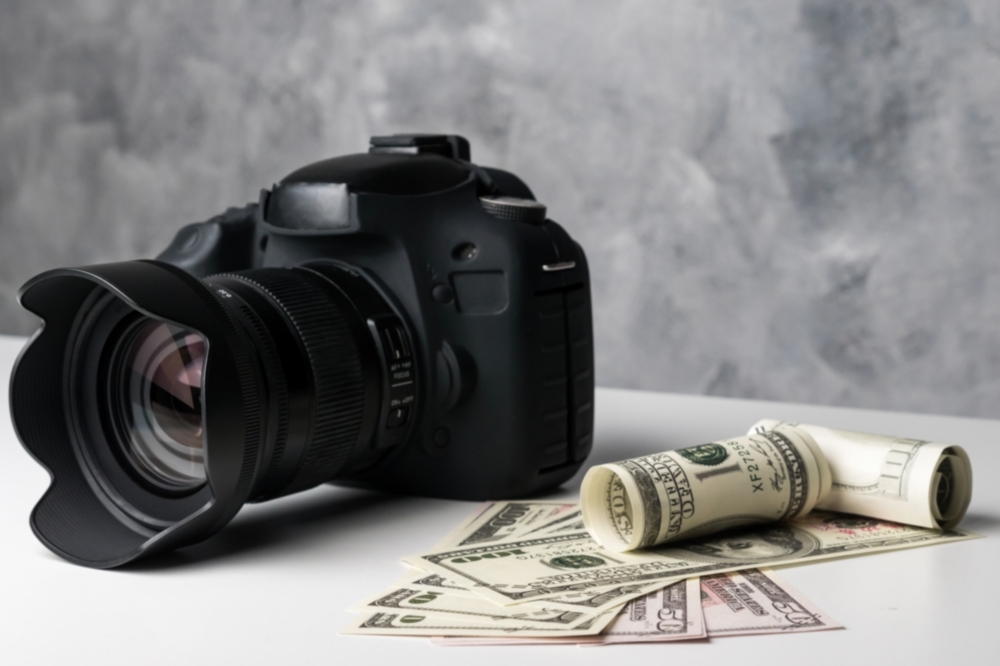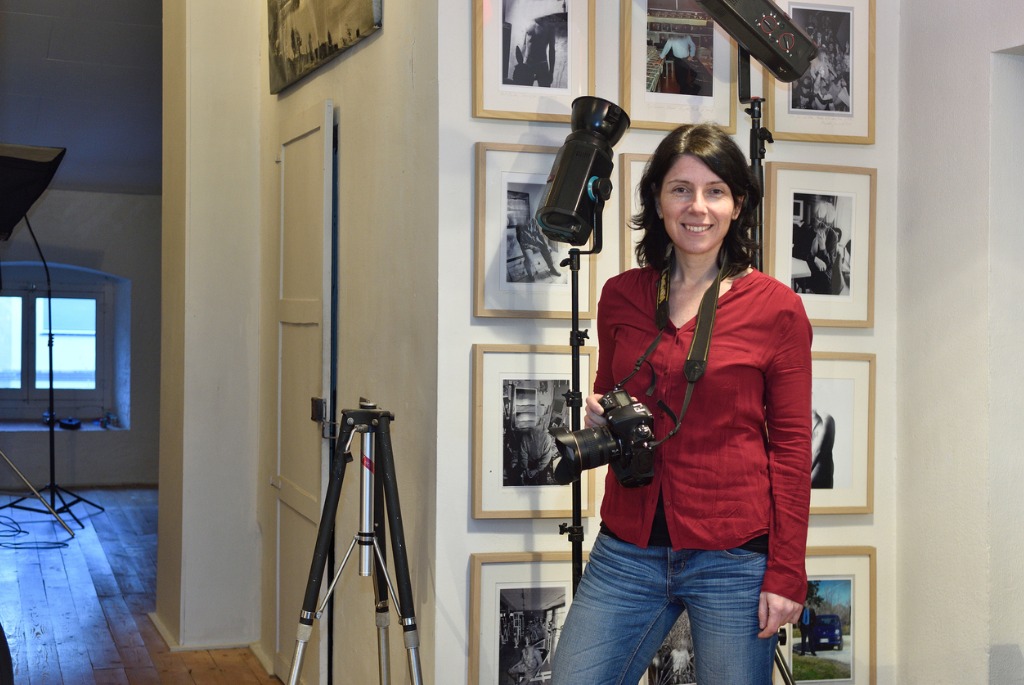How to Price Your Photography Prints
- How to Price Your Photography Prints Guidelines
- How Much Work Is In Each Print?
- What Do The Prints Cost to Make?
- The Ease of Drop Shipping
- Style and Specialty Processes
- Wrap-Up of How to Price Your Photography Prints
- Recommended Photography Gear

Photography pricing can be a tricky subject. The reason is that knowing how to price your photography prints involves many variables.
You may feel a little lost as a newcomer to selling your photography. Even if you’ve been selling your photography for a while, pricing questions and competing ideas keep coming up.
Where you live and work, what type of photography you do, what type of clients you have, and how much profit you want to make are some of the factors involved in photography pricing.
For this guide, I’ll discuss how to price photography prints. Let’s get started!
Table of Contents:
How to Price Your Photography Prints Guidelines
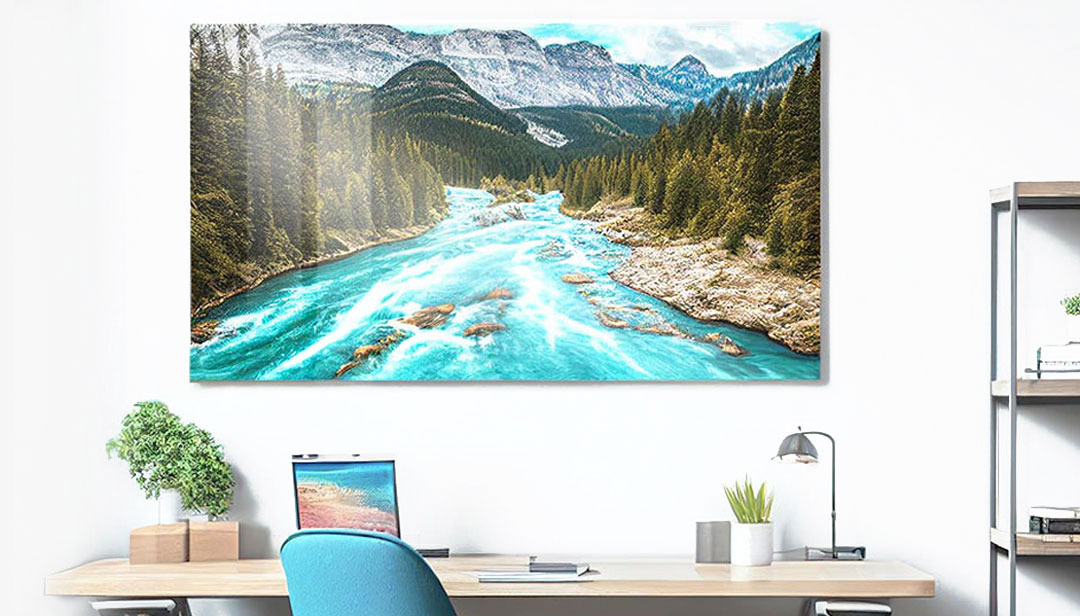
The way I see it, there are two main ways to make money as a photographer. One is to market your talent. The other is to market your art.
There are obviously lots of things in both of these ways that can be applied or ignored based on your type and style of photography. There is also a whole lot of crossover between these two thoughts.
The way I see it, marketing your talent is when you make photographs for someone about something they have or are doing. Some examples are shooting a wedding, covering a corporate event, documenting inventory, real estate photography, and things like these. You likely charge a fee by the job, by the hour, or some mix of things.
Marketing your art is selling finished works of art, usually as enlargements made from photographic paper, stretched canvas, or metal prints. These enlargements or prints can be of various subjects—architecture, landscapes, nature and wildlife, astrophotography, fine art, and abstract photography.
The mix is where figuring out how to price your photography prints comes in. When you offer physical prints of the sessions for which you’ve been hired.
A portrait sitting results in pictures the subject wants to hang on a wall. A wedding results in an heirloom-quality photo album or book and enlarged prints to give out or keep as wall art. A model photoshoot can result in digital pics shown online and in a portfolio of physical prints to show in person.
How Much Work Is In Each Print?

You must look at several things to calculate how to price your photography prints to maximize your profit.
Your area of coverage is a prime factor, just as it is in real estate. A person in San Francisco or Manhattan looks at prices in sunny Cleveland, Ohio, or Henderson, Texas, and is amazed by how little property costs.
The same thing happens in reverse with a person from Omaha, Nebraska, looking at homes in Miami, Florida, and having little pangs of panic at how high things are. Throw in Miami, Oklahoma, and Paris, Texas, just to make things even muddier.
A similar thing happens in professional services, including photography. A fashion photographer in midtown Manhattan makes more than a product photographer in a suburb of Kansas City, Missouri. It’s just how things go with location differences.
Location pricing concerns are pretty much a moot point if you market prints online, though; online is everywhere, all at once. So, it pays to have a good web presence. The trick is getting people to your website, but we also have articles covering that.
How much skill is involved is another factor in figuring out how to price your photography prints. If you can do something that isn’t commonplace, you should charge more for your work. If someone wants what you can do or what you have, the ball is in your court concerning prices.
What Do The Prints Cost to Make?

One of the easier things to figure out for how to price your photography prints is how much it costs you to make them.
There are two ways to go here. One, you make all of your prints in-house with your own printer and paper. Or, you can partner up with a quality online printer who can make different sizes and styles of prints and materials to make prints.
If you were to look at one of the online printers I use, Lumaprints, you could see at a glance how much it costs to make an 8x10 paper print vs a 24x36 canvas print vs a 16x24 metal print.
I find that using an online printing company is much less expensive in the long run for most of these high-end print choices. Plus, I don’t need to stock multiple printing materials or invest in a pro-style printer.
The Ease of Drop Shipping

When you combine the online presence of your website with the ease of online printing, you only need to worry about getting your prints out to your clients. When partnered with a quality, full-featured online printing company like Lumaprints, you have that covered, too.
Lumaprints offers sales integration with your own website and also has low prices, sometimes free depending on the cost of items, and print-on-demand drop-shipping direct to your customer.
Here is a Lumaprints YouTube video introducing how to integrate your website with Lumaprints:
This makes figuring out how to price your photography so simple. With the factors of your profit needs already figured based on your photography, you can add in the real costs from the Lumaprints website concerning different sizes and types of prints and any other extra costs (which are clearly stated).
Style and Specialty Processes
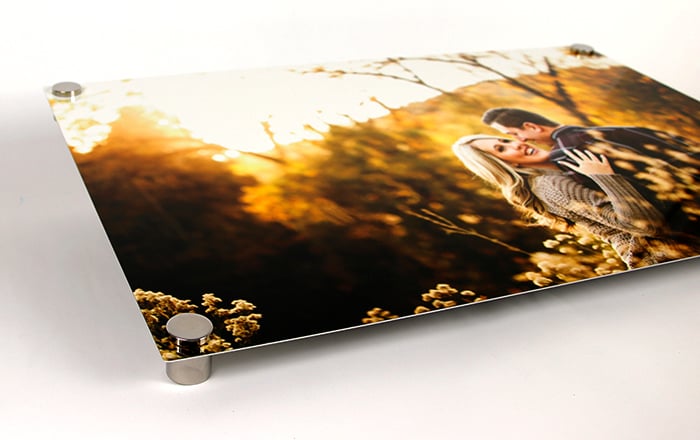
The style and process of your printing have a bearing on what you will want to charge, especially if you’re looking at offering discounts, packages, or lower-cost extras.
A rough rule of thumb is that paper costs less than canvas wraps, which costs less than metal prints. Also, the larger the print, the higher the cost. Frames and mattes or other mounts will also add to the cost of prints and should be factored in as well.
Wrap-Up of How to Price Your Photography Prints
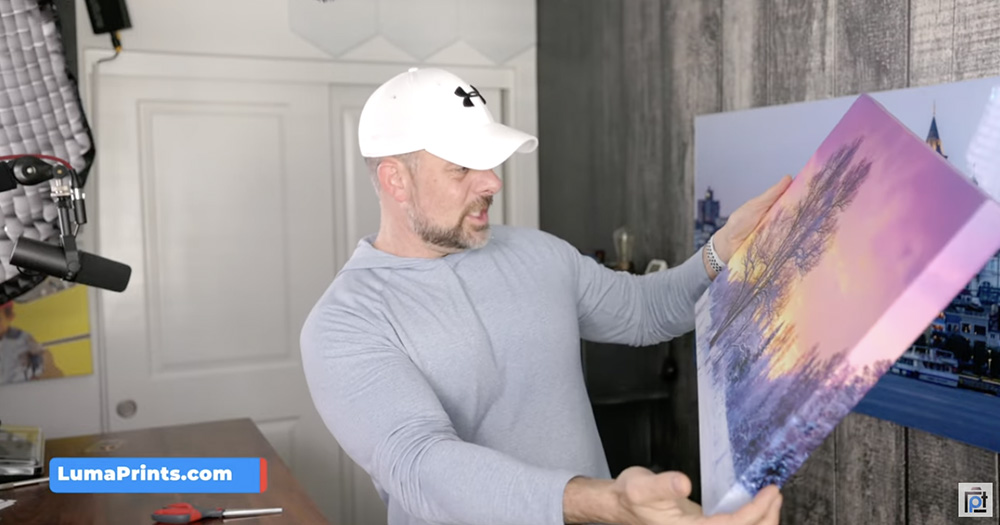
Probably the biggest factor in considering how to price your photography prints is to know how much profit you desire to make and how much people in your area or coming to your website will be willing to pay for your photography.
Be realistic and optimistic. Then, work hard to make your wishes concerning how much to charge come true. Photography is a great job; make it profitable and enjoyable, and you’ll be in business for a long time!
Recommended Photography Gear
Disclaimer: Our articles might have affiliate links and the occasional sponsored content, but don't sweat it – if you buy something, we get a little kickback at no extra cost to you, and we only hype products we truly believe in!



